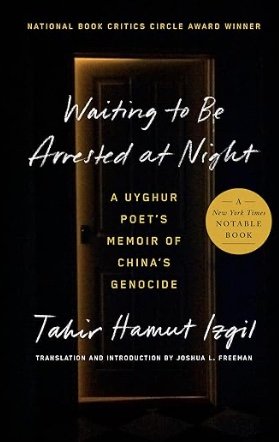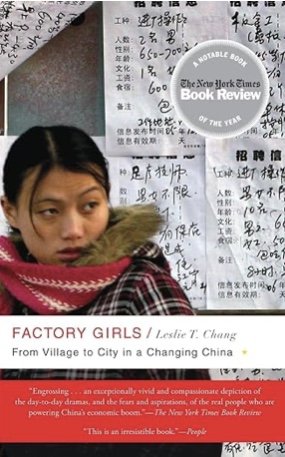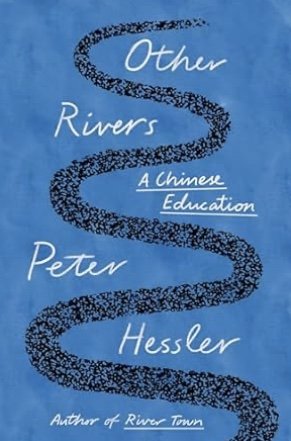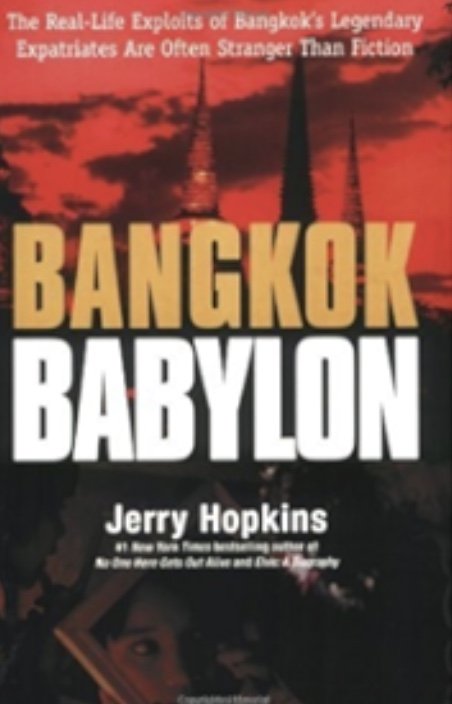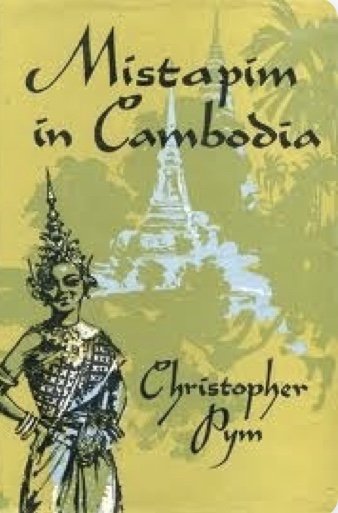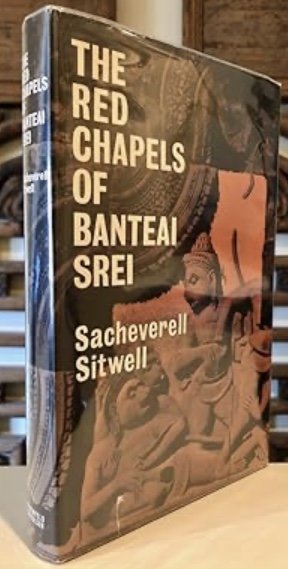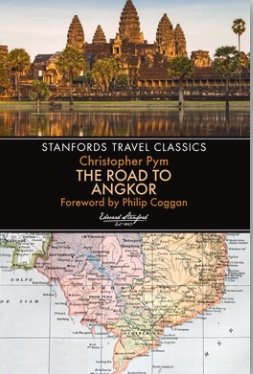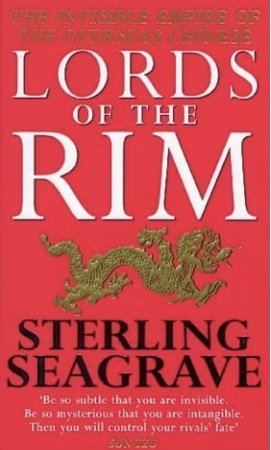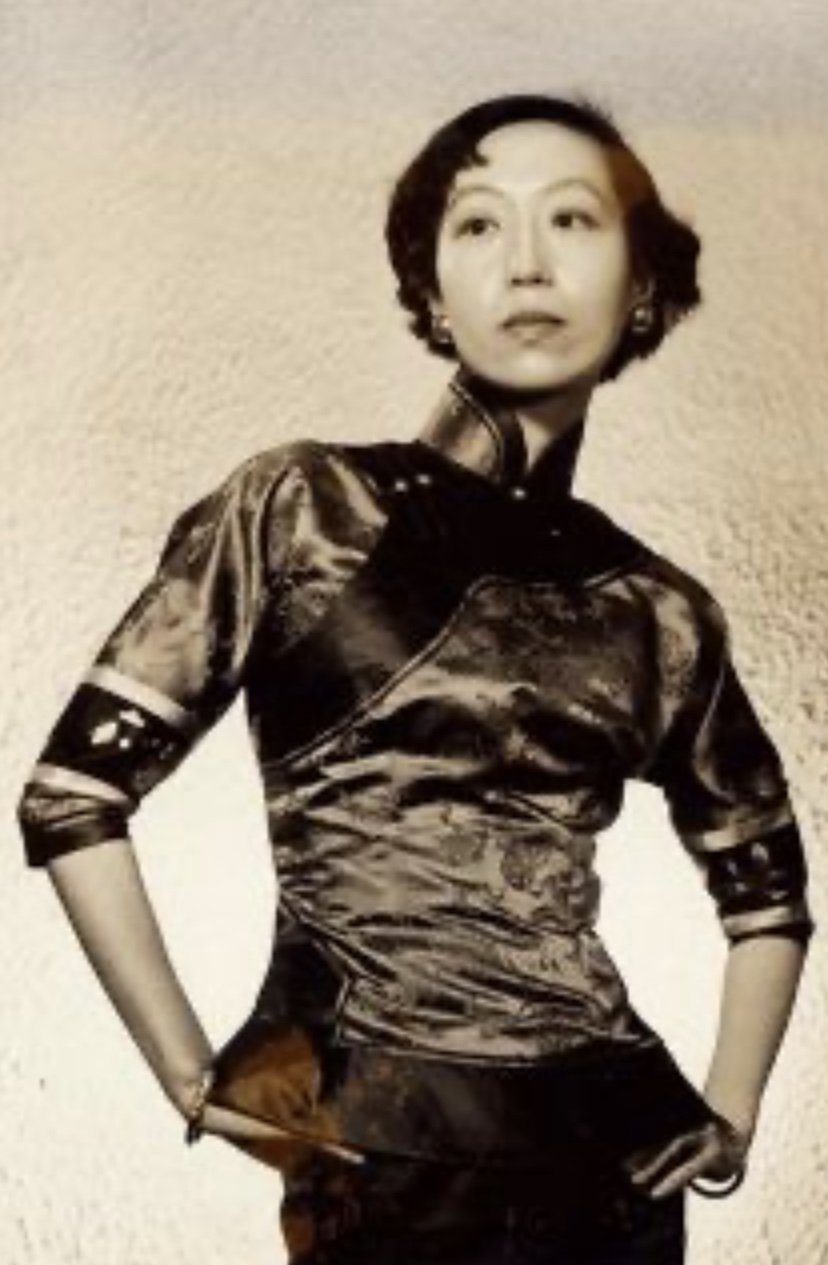A Distant Heart by Sonali Devi (Kensington)
Sonali Devi’s novel A Distant Heart is the fourth in her series of Bollywood stories. It is set in the bustling city of Mumbai. The main characters are a young girl named Kimaya and a boy named Rahul Savant.
Kimaya Kirit Patil is the daughter of a wealthy politician and his wife. Everybody called her Kimi. Her name means “miracle” in Sanskrit and to her parents that’s exactly what she is. Her father had told her that her mother had given birth to seven other babies before she was born but only she, Kimi, survived.
Rahul Surajrao was the son of a policeman. He was the oldest of three. His younger brother’s name is Mohit and his sister's name is Mona. Along with his Aie which means “mother” in the Marathi language, they live in a chawl, a residential building similar to a tenement.
The story is mostly told in the first person by the two main characters. However, Devi has the novel jumping from the present and past. Once you understand the development of the story, it gets easier to follow.
Rahul’s father died in the line of duty. He was shot while protecting a high level politician. Rahul was only fourteen years old when his father died in his lap. The other officers around him told him, “He will be okay. Keep courage”. However, Rahul knew only terror. How could he “keep courage” knowing his father was not coming back after being shot a couple of times in the chest. At fourteen-years-old, it was now up to Rahul to take care of his family.
When Kimaya was eleven, it was discovered that she had a rare disease. Her body lacked the immunity to protect her from various pathogens and she was confined to living in a sterile room with a view of the ocean. She spent most of her days alone…until one day she spots a boy cleaning the windows on the outside. That boy would be Rahul and they would become good friends. In fact, for each of them, the other was their only friend.
Switching back to the present, Kimi was the recipient of a heart transplant two years ago. She became interested in knowing who her donor was. Her father explained to her a number of times that the donor wished to remain anonymous. The day Kimi received her heart was the same day, Rahul lost one of his closest friends. A woman named Jen Joshi who worked in a clinic in one of the slums.
Joshi had noticed that the names of organ donors on her list had been disappearing and it was Rahul who was helping her investigate it when she was killed by the leader of an organized crime boss - Asif Khan. The same man who had accosted Kimi earlier to show him her scar and asking, “Do you know where your heart came from?”. Rahul managed to shoot Asif who survived but was currently in a coma.
Now, Asif has come out of his coma and he has escaped the hospital. He has also threatened Kimi’s father because Kimi’s father was unable to stop the police from investigating the illicit organ trading business. Ironically, Kimi’s father tried but the man heading the investigation was Rahul who refused to back down. ~Ernie Hoyt
Devi’s story has an exciting blend of action coupled with romance. The story asks the ultimate question of its readers - a question of ethics. How far would you go to protect the one you love? Would you be willing to sacrifice others just to save your own flesh and blood?



